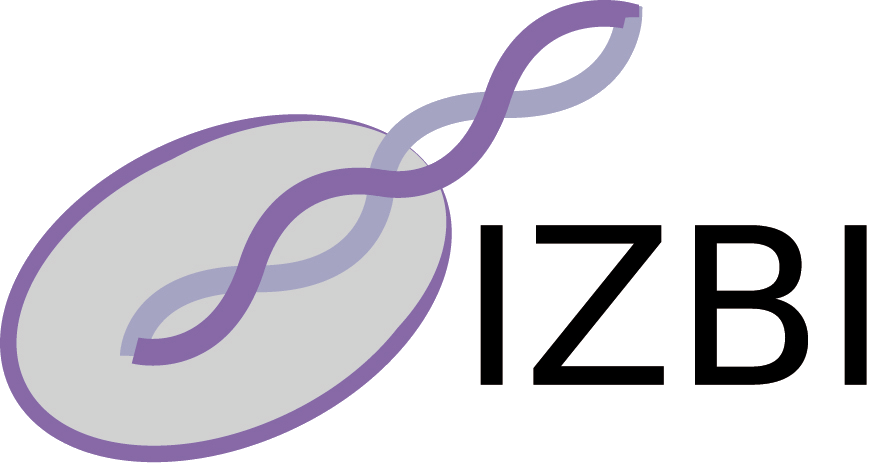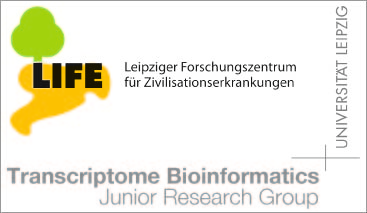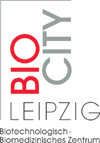Publications - Published papers
Please find below publications of our group. Currently, we list 565 papers. Some of the publications are in collaboration with the group of Sonja Prohaska and are also listed in the publication list for her individual group. Access to published papers ( ) is restricted to our local network and chosen collaborators.
If you have problems accessing electronic information, please let us know:
) is restricted to our local network and chosen collaborators.
If you have problems accessing electronic information, please let us know:
 ) is restricted to our local network and chosen collaborators.
If you have problems accessing electronic information, please let us know:
) is restricted to our local network and chosen collaborators.
If you have problems accessing electronic information, please let us know:©NOTICE: All papers are copyrighted by the authors; If you would like to use all or a portion of any paper, please contact the author.
Noisy: identification of problematic columns in multiple sequence alignments
Dress A W M, Flamm Ch, Fritzsch G, Gruenewald St, Kruspe, M, Prohaska S J, Stadler P F
Download
Status: Published
Alg. Mol. Biol. 3:7
Abstract
<b>Motivation:</b>
Sequence-based methods for phylogenetic reconstruction from (nucleic acid)
sequence data are notoriously plagued by two effects: homoplasies and
alignment errors. Large evolutionary distances imply a large number of
homoplastic sites. As most protein-coding genes show dramatic variations in
substitution rates that are not uncorrelated across the sequence, this
often leads to a patchwork pattern of (i) phylogenetically informative and
(ii) effectively randomized regions. In highly variable regions, furthermore,
alignment errors accumulate resulting in sometimes misleading signals in
phylogenetic reconstruction.<br>
<b>Results:</b>
We present here a method that, based on assessing the distribution of
character states along a cyclic ordering of the taxa, allows the
identification of phylogenetically uninformative homoplastic sites in a
multiple sequence alignment. Removal of these sites appears to improve the
performance of phylogenetic reconstruction algorithms as measured by
various indices of "tree quality". In particular, we obtain more stable
trees due to the exclusion of phylogenetically incompatible sites that most
likely represent strongly randomized characters.<br>
<b>Software:</b>
The computer program <tt>noisy</tt> implements this approach. It can be
employed to improving phylogenetic reconstruction capability with quite a
considerable success rate whenever (1) the average bootstrap support
obtained from the original alignment is low, and (2) there are sufficiently
many taxa in the data set --- at least, say, 12 to 15 taxa.
The software can be obtained under the GNU Public License from
<a href="http://www.bioinf.uni-leipzig.de/Software/noisy/">here</a>
Note
<a href="http://www.bioinf.uni-leipzig.de/Publications/PUBLISHED/noisyICSMB.pdf">Extended Abstract</a> presented at the ICMSB 2008 in Diliman















